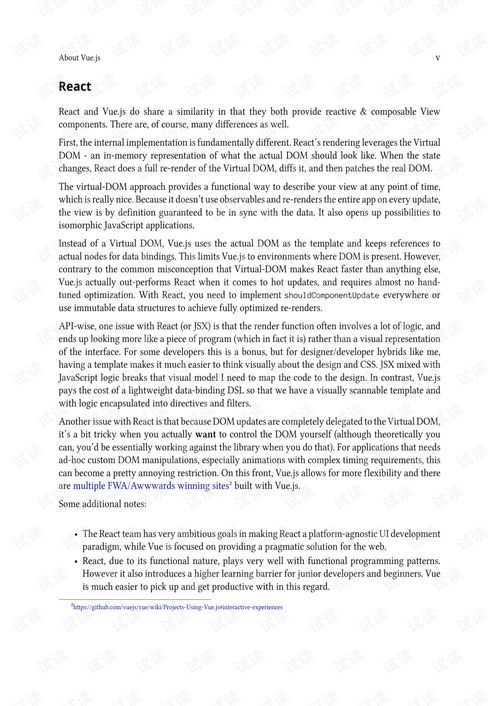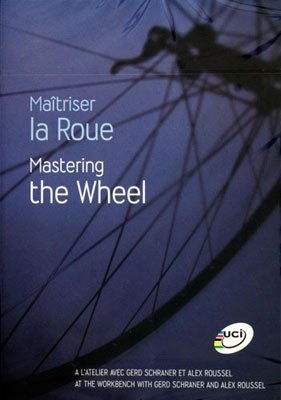
Content:
As a daily angler, the thrill of the catch never gets old. However, there's always that one moment when you hook into a truly magnificent fish, and you realize that you've just stepped into a whole new level of angling. Luring big fish can be a challenging endeavor, but with the right techniques and a bit of patience, you can increase your chances of reeling in the big one. Here are some expert tips to help you master the art of luring big fish.
Understanding Big Fish Behavior
Before you can effectively lure a big fish, it's crucial to understand their behavior. Big fish are often more cautious and less likely to bite than smaller ones. They are more selective about their food and tend to feed during certain times of the day. By studying the habits of the fish you're targeting, you can tailor your approach to increase your chances of success.
Study the Habitat: Big fish often inhabit specific types of habitats, such as deep holes, ledges, or structure. Understanding these areas will help you position yourself in the right spot to encounter them.
Learn the Feeding Patterns: Big fish are more likely to feed during low-light conditions, such as early morning or dusk. By knowing when these fish are most active, you can plan your fishing trips accordingly.
Understand the Water Temperature: Water temperature plays a significant role in fish behavior. Big fish tend to be more active in cooler waters, so consider targeting them during the spring and fall when the water is cooler.
Choosing the Right Gear
Having the right gear is essential for catching big fish. Here are some key components to consider:
Rod and Reel: Use a rod and reel that are specifically designed for the type of fish you're targeting. A strong, durable rod with a good backbone will help you land a big fish without breaking.
Line: Choose a line that matches the size of the fish you're aiming for. Monofilament, fluorocarbon, or braided line can all be effective, but the key is to match the line's strength to the fish's size.
Lures and Baits: Big fish are often attracted to larger lures or baits. Invest in quality lures that mimic the natural prey of the fish you're targeting.
Advanced Luring Techniques
Once you have the right gear and understand the behavior of the fish, it's time to apply some advanced luring techniques:
Timing: Timing is everything when it comes to catching big fish. Present your lure at the right moment, such as when the fish are most likely to feed.
Presentation: The way you present your lure can make a big difference. Use a variety of retrieves, such as a slow, steady retrieve or a erratic, darting motion, to mimic the natural movement of prey.
Patience: Big fish are not as easily spooked as smaller ones, but they are still cautious. Be patient and allow your lure to work its magic. Avoid making sudden movements or jerking the rod, as this can spook a big fish.
Adjustments: If you're not getting bites, don't be afraid to make adjustments. Change your lure, retrieve, or even your location. Sometimes, it's all about finding the right combination that triggers a big fish's interest.
Handling and Playing Big Fish
Once you've managed to hook a big fish, the real challenge begins. Here are some tips for handling and playing a big fish:
Keep the Line Taut: Maintain tension on the line to prevent the fish from running away. However, be careful not to pull too hard, as this can lead to a break-off.
Control the Speed: Allow the fish to tire itself out by controlling the speed of the retrieve. Don't set the hook too quickly, as this can lead to a loss of control.
Use a Net: Once the fish is close to the boat, use a net to help guide it into the boat. Be gentle and avoid startling the fish, as this can cause it to become more aggressive.
Know When to Release: If the fish is too small or if it's a protected species, consider releasing it back into the water. Properly unhooking and releasing a fish is a crucial part of responsible angling.
In conclusion, luring big fish requires a combination of knowledge, skill, and patience. By understanding the behavior of the fish, choosing the right gear, applying advanced luring techniques, and knowing how to handle and play a big fish, you can increase your chances of reeling in the big one. So, gear up, hit the water, and remember these tips as you embark on your quest to master the art of luring big fish. Happy fishing!












